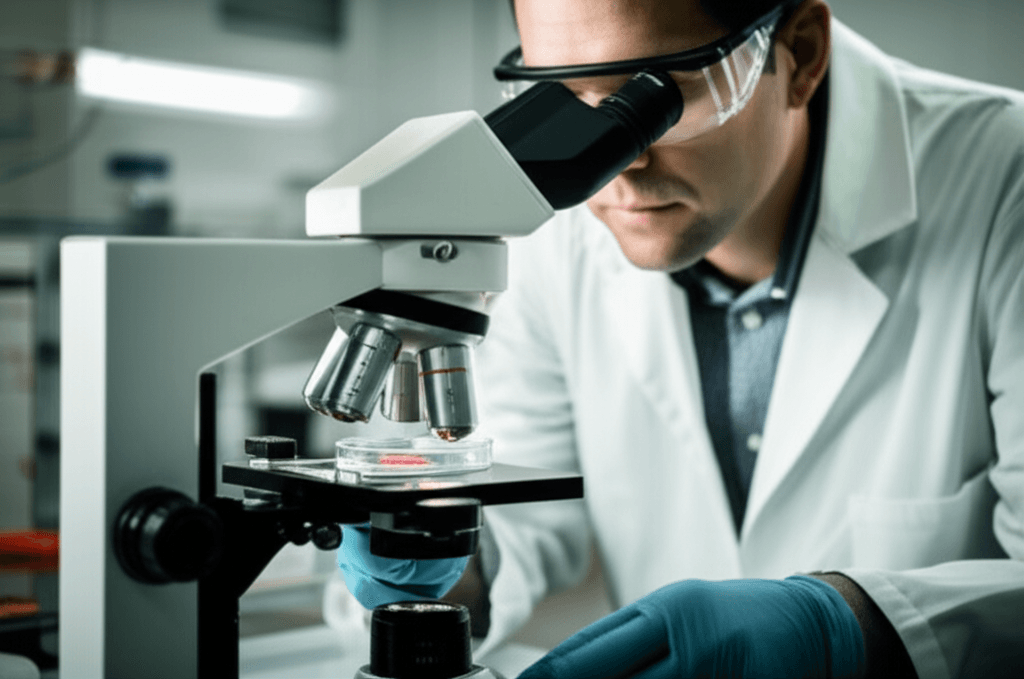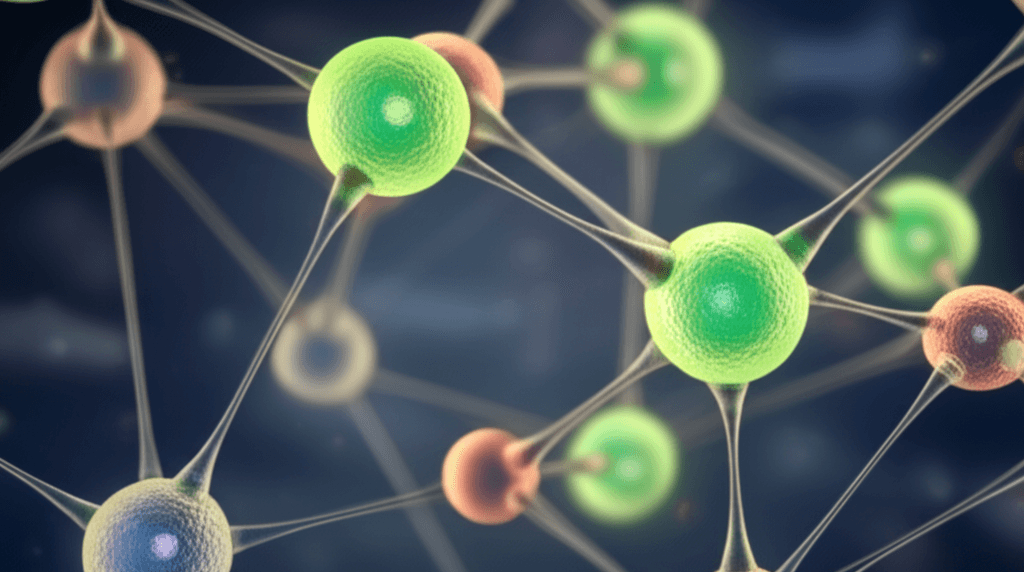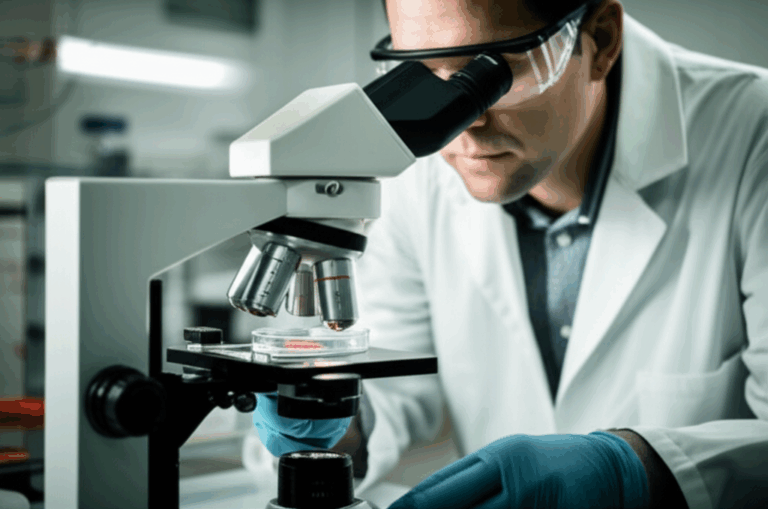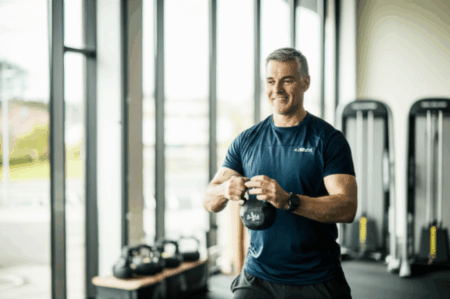New Delhi, India – A groundbreaking study from Edith Cowan University (ECU) in Australia has revealed that a single session of specific exercise routines can significantly suppress the growth of cancer cells, particularly in breast cancer survivors. The research, highlighted by The Times of India, indicates that both resistance training and high-intensity interval training (HIIT) trigger the release of crucial anti-cancer proteins, offering a promising avenue for cancer management and prevention.
The findings suggest that even a solitary 45-minute workout can lead to an acute increase in these beneficial proteins, known as myokines, which have been shown to inhibit cancer cell proliferation by up to 30% in laboratory settings. This discovery underscores the immediate impact of physical activity on cancer biology and its potential as a complementary strategy in cancer care.

The Science Behind the Sweat: Myokines and Cancer Suppression
The study, published in the journal Breast Cancer Research and Treatment, delves into the molecular mechanisms by which exercise combats cancer. Researchers at ECU’s Exercise Medicine Research Institute found that contracting muscles release myokines into the bloodstream. These messenger proteins are known to play various roles in the body, including promoting muscle growth, burning fat, and reducing inflammation. Critically, preclinical and experimental studies have also indicated their ability to slow tumor growth.
How Myokines Act Against Cancer Cells
The research demonstrated that when blood serum collected from breast cancer survivors after a 45-minute exercise session was applied to breast cancer cells in vitro, it suppressed their growth. This suppression, observed at up to 30%, suggests that the elevated myokine levels directly interfere with cancer cell division and potentially alter cellular metabolism, effectively starving tumors of the energy they need to thrive.
Interestingly, the study found that even triple-negative breast cancer cells, which typically lack hormone receptors and are harder to treat, were affected and slowed down by these exercise-related myokines.

The Exercise Routines That Make a Difference
The ECU study specifically investigated the effects of two types of exercise: resistance training and high-intensity interval training (HIIT).
Resistance Training
Participants in the resistance training group engaged in a workout that involved weightlifting. This type of exercise builds muscle mass and strength, and the study confirms its efficacy in stimulating myokine release.
High-Intensity Interval Training (HIIT)
The HIIT group performed short bursts of intense exercise followed by brief recovery periods, using equipment such as bikes, treadmills, rowers, and cross-trainers. HIIT is known for its cardiovascular benefits and its ability to rapidly increase metabolic activity, which in turn boosts myokine production.
Both types of workouts led to a short-term rise in specific myokines, including decorin, IL-6, and SPARC, all of which have been implicated in anti-cancer effects.

Broader Implications for Cancer Management and Prevention
While the study primarily focused on breast cancer survivors, its implications could extend to other types of cancer. Previous research has consistently shown that regular physical activity can reduce the risk of developing various cancers and improve outcomes for cancer survivors. This new study provides a clearer mechanistic understanding of how exercise exerts its anti-cancer effects at a cellular level, even from a single session.
Experts emphasize that while these findings are incredibly promising, exercise should complement, not replace, established cancer treatments. However, the results serve as a powerful motivator to integrate physical activity into standard cancer care and prevention guidelines. Ongoing research will continue to refine these insights, potentially leading to revolutionary preventive strategies and supportive therapies in oncology.
The consistent demonstration of exercise’s anti-cancer properties reinforces the idea that an active lifestyle is a vital tool in both preventing cancer and improving the prognosis for those already battling the disease.







